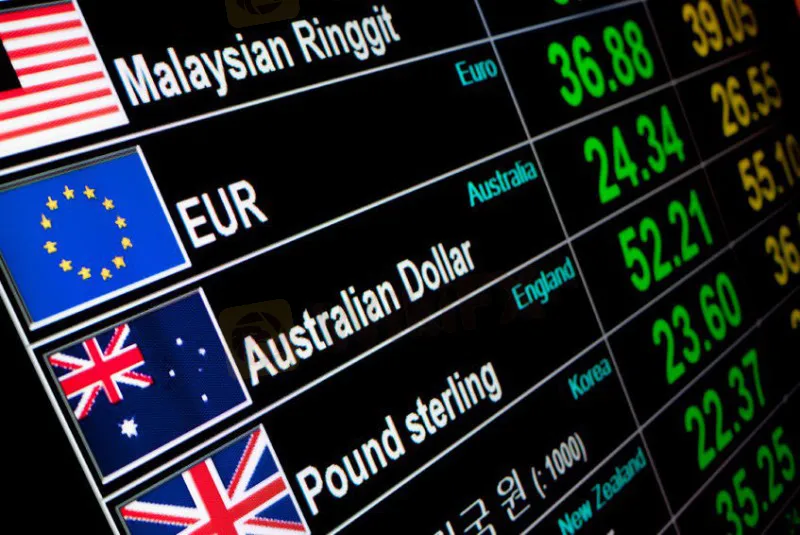In the currency market, balance dominates trades. On one side, the safe-havens keep their defensive qualities; on the other side, the currencies gain ground from every good economic or health news. However, this relative stabilization shouldnt obscure the marked fund trends for the Swedish Krona or the Swiss Franc. Conversely, if the euro recovers a bit on the eve of the fundamental summit of the European Union, it will show a little neutrality with the greenback as last year.To get more news about upstox, you can visit wikifx news official website.
Royal Crown (Krona)
The Swedish Krona has emerged as one of the winner currencies since the global lockdown, with some substantial gains on the dollar. At the start of the year, the Riksbank stood out with its key rate adjusting from last years -0,50% to 0. The monetary establishment wanted to end the 5-year negative rate. On this occasion, the Riksbank became the first to get out of it.
At its recent low in the early March, the USD/SEK parity was traded at 10.40 SEK, now it takes only 9.1 SEK. This conquering course can be seen in the Swedish Krona, which has gone from 11.2 SEK to 10.35 SEK per euro. As a “good student” who pragmatically focused on serious budgetary matters, Sweden (member of the European Union since 1995) has joined the club of “frugal” with Netherlands, Austria and Denmark.

The euro has just made a leap in its trajectory against the dollar. It crossed the 1.14 USD line for the first time in 4 months. This breakthrough against multiple currencies comes out a few days before the extraordinary European summit dedicating the 750 billion stimulus plan. The euro took advantage of the latest information on the possibility of a vaccine against Covid-19 to progress against the safe-havens such as the yen and the Swiss franc.
The risk assets are favored, which benefits the eurozone. Merkel, the chancellor of Germany, has just declared that European leaders must provide a “massive” response to the economic fallout arising from the coronavirus pandemic. Well not be in this situation any more this weekend. We are taking advantage of this focus on the euro to show its relative stability in the past several years. The graph below plots the 6-year course against the dollar year by year. We can see that the current exchange rate is located in the center (blue circle) of a narrow quotation range on this time benchmark, with an average of 1.12 USD.
The president of the Swiss National Bank (SNB) spoke a few days ago. In fact, Mr. Jordan explained that in order to meet economic challenges, the SNB should rely on 2 instruments to which it had resorted before the outbreak of the crisis, namely the negative rates and the intervention into the currency exchange market. This 2 measures aim to slow down the appreciation of the franc, which is a real obstacle to Switzerland's exports. This trend has been reinforced by the fall in interest rates, which is decided by other central banks. Monetary easing has resulted in lower yields broadly, exerting pressure on the franc at the end of the chain because the initial spread with the Swiss rate has narrowed.




